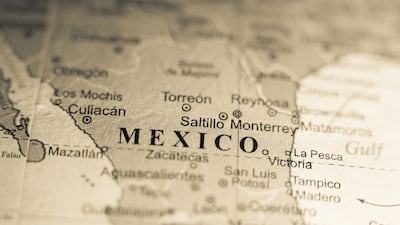Refillable/reusable personal-care product packaging is of growing interest to consumers as well as US brands working to comply with a rising number of state recycling laws; however, limitations in current manufacturing practices and complex regulatory considerations make refillable personal-care models challenging and fraught with potential risks, experts say.

Refillable Personal-Care Packaging: Experts Discuss Contamination Risks, Liability, MoCRA Compliance
Personal-care companies navigating a growing patchwork of state recycling laws are exploring refillable packaging options, but there are serious concerns and questions to consider before embarking down this potentially risky path, experts said at IBA’s Supply Chain & Sustainability Conference.

More from ESG
More from HBW Insight
A round-up of the latest European people moves: PAGB names new president; Enzymatica hires marketing & sales director; Marinomed strengthens supervisory board.
Bayer is investing $52m in its Lerma, Mexico manufacturing site, which the firm said will enable it to increase production of key OTC brands like Aspirin and Alka-Seltzer from 100m to 140m units by 2030.
Developed using Datair's Ambee climate data technology, Opella’s Pollen Passport presents users with an easy to use and interactive online visualization of air quality at holiday destinations across the world.


